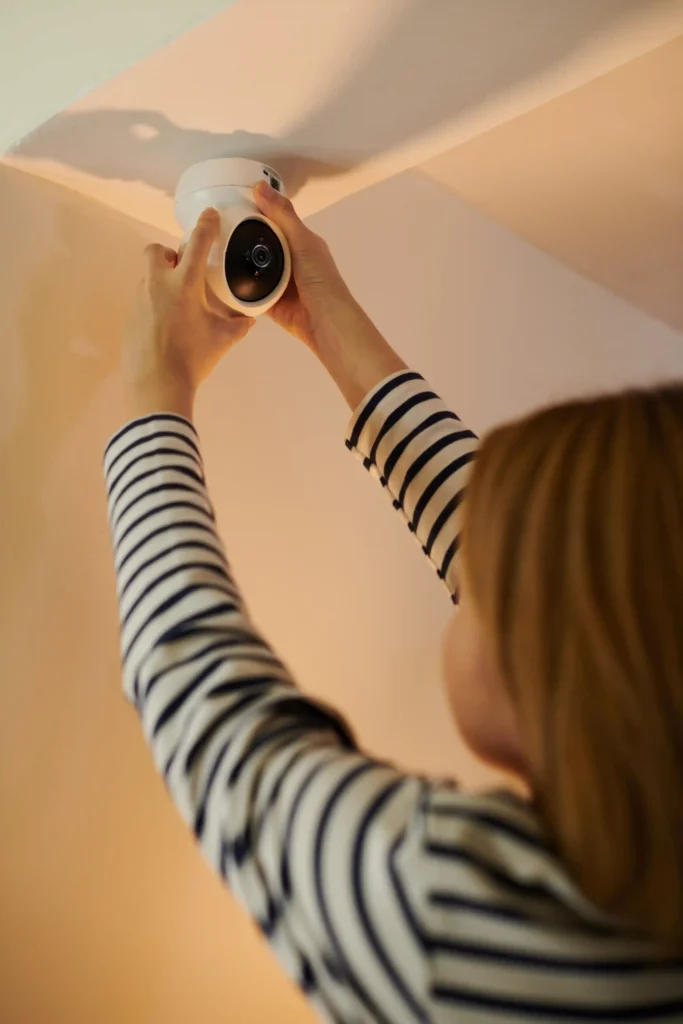Introduction
Ensuring your home’s safety and security is paramount in today’s world. With the rise of smart home technology, installing a wireless home security camera system has become a popular DIY project that can significantly enhance your home’s security measures. This guide will walk you through the step-by-step process of installing a wireless home security camera system, making it easy for you to protect your home and loved ones.
Why Choose Wireless Home Security Cameras?
Wireless home security cameras offer numerous benefits over their wired counterparts. Firstly, they eliminate the need for complicated wiring, making the installation process much simpler and less invasive. Wireless systems also offer flexibility in camera placement and are easily adjustable. Additionally, many wireless cameras can integrate seamlessly with existing smart home ecosystems, allowing for remote monitoring and control.
What You’ll Need Before You Start
Before diving into the installation process, ensure you have all the necessary tools and equipment. This includes the wireless camera system itself, a stable Wi-Fi connection, and any mounting hardware or tools specified by the camera manufacturer. Choosing the right system for your home is crucial, so consider factors like camera resolution, field of view, and whether you need indoor, outdoor, or both types of cameras.
Step-by-Step Installation Guide
- Planning Your Camera Placement
- Identify strategic locations around your home where cameras will be most effective. This typically includes entry points, main hallways, and areas where valuables are kept. Ensure outdoor cameras are placed under eaves or protective covers to shield them from the elements, and consider the Wi-Fi signal strength in each location.
- Setting Up Your Wireless Camera
- Start by unboxing your camera and familiarizing yourself with its components. If your camera is battery-operated, ensure the batteries are charged and installed. Follow the manufacturer’s instructions to mount your cameras securely, taking care to position them for optimal coverage.
- Connecting to Your Wi-Fi Network
- Each camera will need to connect to your home Wi-Fi network. This usually involves following a specific sequence of steps using the camera or a mobile app. If you encounter any connectivity issues, check your Wi-Fi signal strength and consult the camera’s troubleshooting guide.
- Installing and Configuring the Mobile App or Software
- Download the mobile app or software associated with your camera system. Create an account, if necessary, and add your cameras following the app’s instructions. Take some time to explore the app and adjust settings like motion detection sensitivity and alert preferences to suit your needs.
- Testing Your Camera System
- Test each camera to ensure it’s working correctly and providing the coverage you need. Adjust the camera angles as needed and experiment with different settings in the app to optimize your system’s performance.
Maintenance and Troubleshooting
Regular maintenance is key to keeping your wireless home security cameras functioning optimally. This includes checking battery levels, cleaning camera lenses, and ensuring your Wi-Fi network remains stable and secure. For troubleshooting common issues, refer to your system’s user manual or contact customer support.
Enhancing Your Home Security System
Consider adding additional components to your system, such as door and window sensors or smart locks, for comprehensive home security. Monitoring services can also offer an extra layer of protection by ensuring that any alerts are promptly addressed.
Conclusion
Installing a wireless home security camera system can significantly enhance your home’s safety and give you peace of mind. By following this guide, you can easily set up a system that meets your security needs and integrates with your smart home ecosystem.
FAQs
Can wireless cameras work without Internet?
While wireless cameras need Wi-Fi to send alerts and footage to your smartphone or cloud storage, some models can record to local storage (like an SD card) without an internet connection.
How far can wireless security cameras transmit?
The transmission range varies by model but typically falls between 250 to 500 feet indoors. Walls and other obstructions can reduce this range.
Are wireless security cameras secure?
Yes, when properly configured. Ensure your Wi-Fi network is secure, use strong, unique passwords, and regularly update your camera’s firmware.

